
Part 3 - Consistency, Creativity & Coffee
19.02.2025
6 minutes
1. Artistry
In the competitive landscape artistry transcends more than just aesthetics; it becomes a powerful tool for differentiation and emotional customer engagement. Creativity is a powerful tool in captivating attention, sparking conversations, and fostering a deeper connection with brands. This emotional resonance goes beyond simply showcasing products; it elevates the shopping experience into an authentic artistic journey, inviting customers to linger, explore, and ultimately, build a lasting relationship with the brand.
Nike's Librairie space in Paris exemplifies this trend with captivating window displays. Featuring hand-painted floral compositions, these displays create a nature-inspired gallery, drawing customers in.
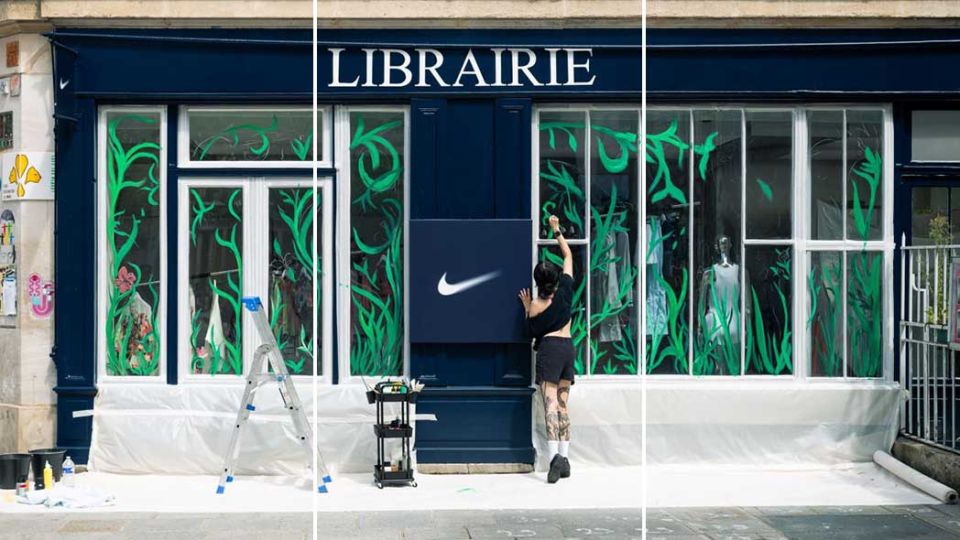
Image - Random Studio
Hermes are experts at window displays constantly reinventing new artistic installations into their windows celebrating the latest and greatest products. Where they succeed is by having consistency in what they do but also being original, playful and imaginative with each execution which are compelling visual displays for passers-by.
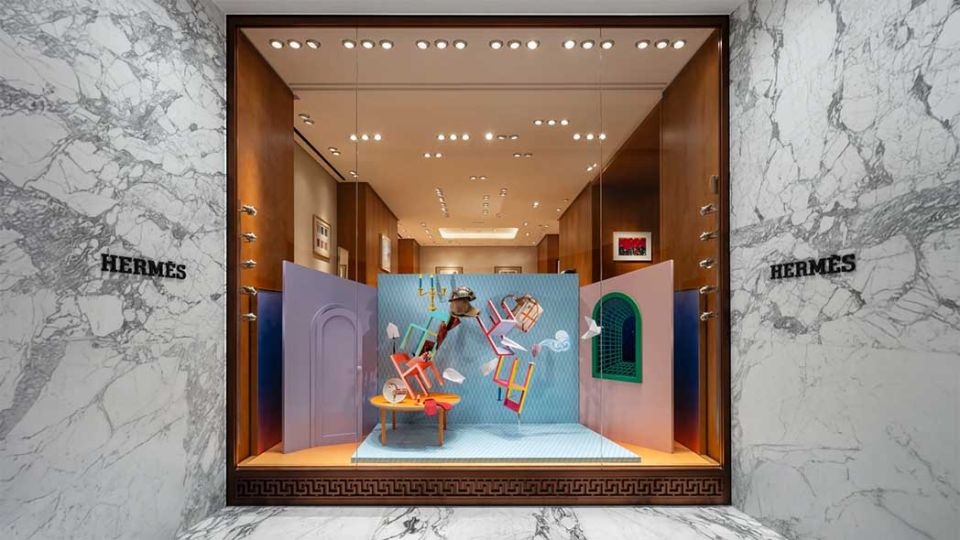
Image - thesetcompany.nl
Gentle Monster weave artistry into all of their spaces blurring the line between gallery and retail. In the image below you can see Huas Nowhere Shenzhen, their future retail vision which feels more like a museum gallery at first glance. It’s a vast fantasy world blending fictional tales between giants, insect and animals. Whilst pushing the boundaries of retail it demonstrates the brands ambitions and creativity to create striking spaces that do not follow the traditional framework.
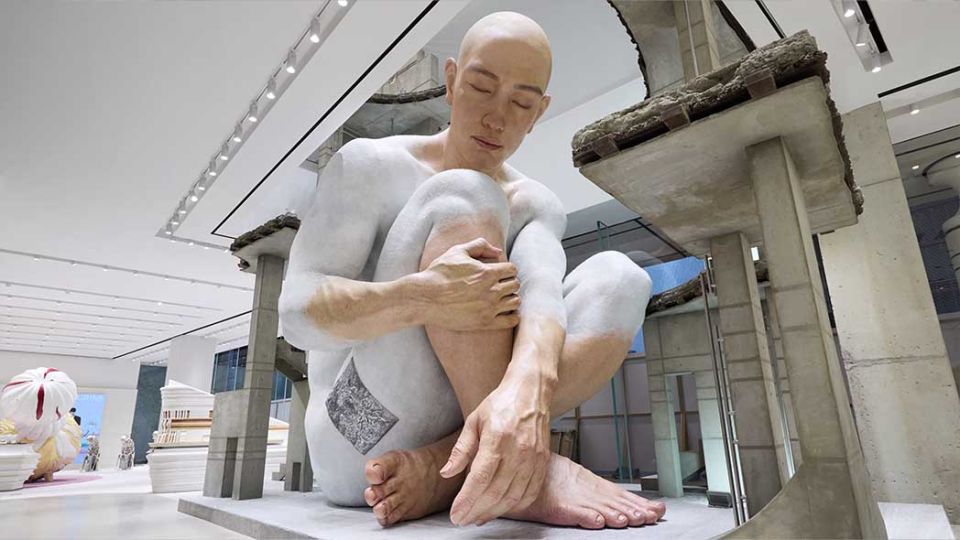
Image - Gentle Monster
2.Consistency, Consistency, Consistency
Brands today face the challenge of maintaining a consistent brand message across all touchpoints, from physical stores to digital channels. The struggle to integrate physical and digital experiences often leads to fragmented brand perceptions and diluted messaging. Social media, while agile, can rapidly drift from brick-and-mortar concepts, creating a disjointed brand personality.
To overcome this, brands need to foster greater alignment and synchronisation across teams. A shared mission and vision are crucial to ensuring consistency that resonates with consumers and builds long-term loyalty.
While many brands are adapting their strategies, inconsistencies within the organisation can hinder progress and impact customer engagement. In today's dynamic market, agility is key, but only if the entire organisation can move and evolve at the same pace.
Future Stores London provides an intriguing example of how physical spaces can become more dynamic. Utilising "digital wallpaper," the space can be transformed weekly to showcase new brands and respond to evolving trends, mirroring the agility of digital channels.
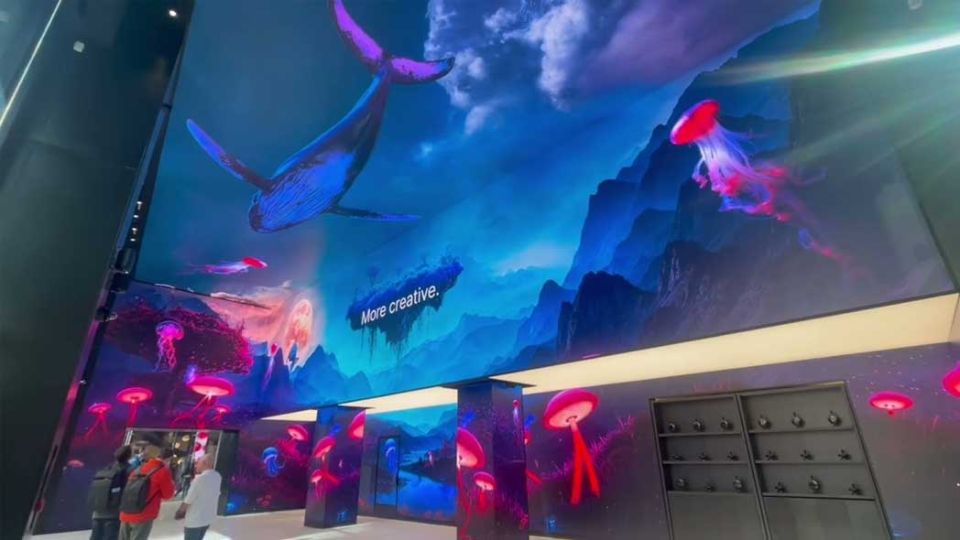
Image - Retail Gazette
Brands like Jaquemus exemplify strong brand identity, with a clear creative direction and consistent visual presence across physical and social platforms. This focused approach contributes significantly to their loyal fanbase.
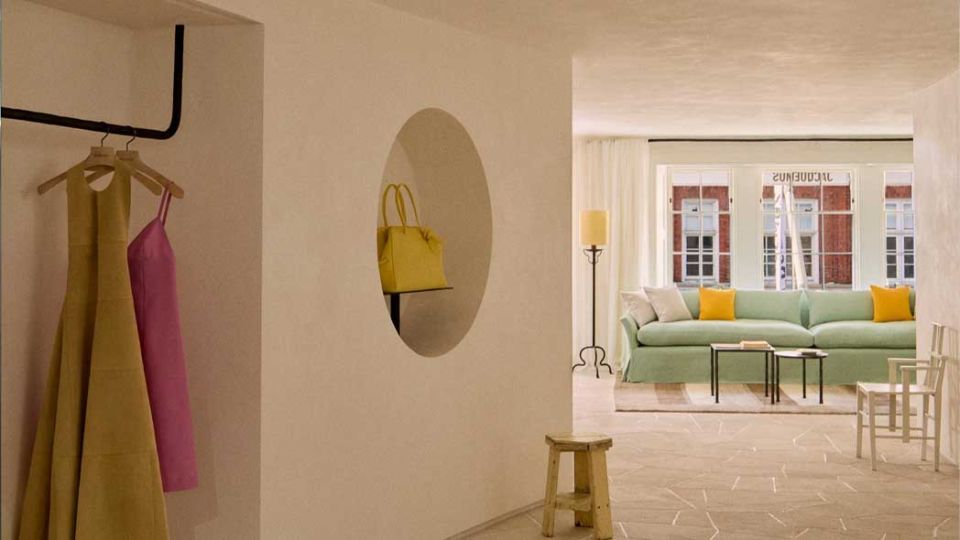
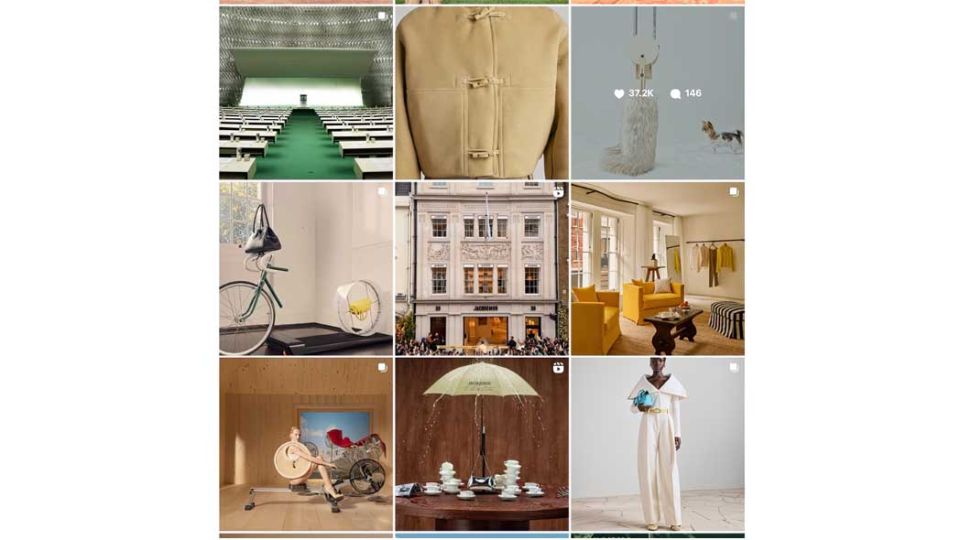
Image Instagram - Jaquemus
Building genuine brand trust requires consistent alignment between a brand's values, vision, and creative direction. This integrated approach must be seamlessly woven into the core of the business and expressed harmoniously across all touchpoints, both online and offline.
3.More Coffee Please
This years Mocha Mousse is maybe partially inspired by coffee culture’s continuing growth, with this, we are seeing more fashion brands step into this market with Zara Madrid the latest to step into the arena.
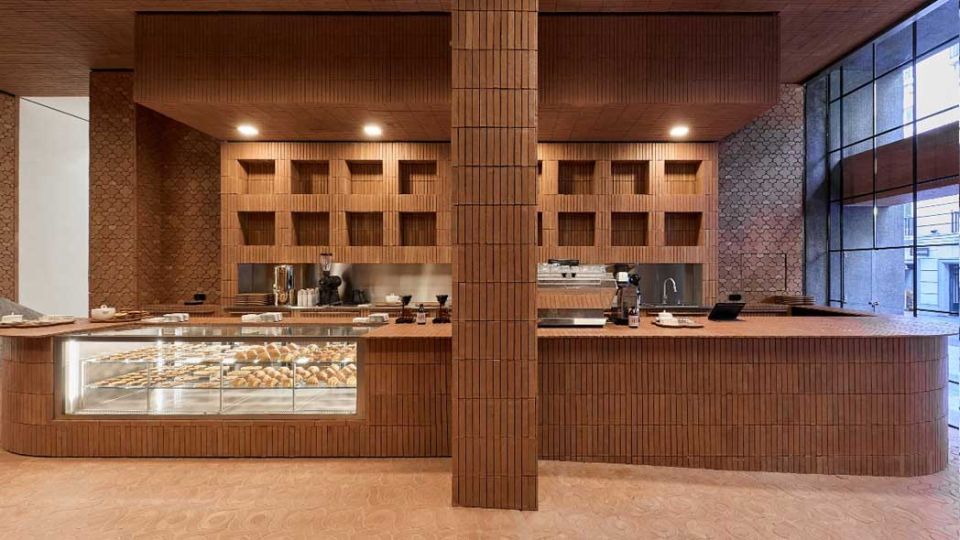
Image - Zara.com
There is an art to blending coffee culture with luxury and lifestyle brands, but when done well, it is a powerful way to welcome new and existing customers into the brand family.
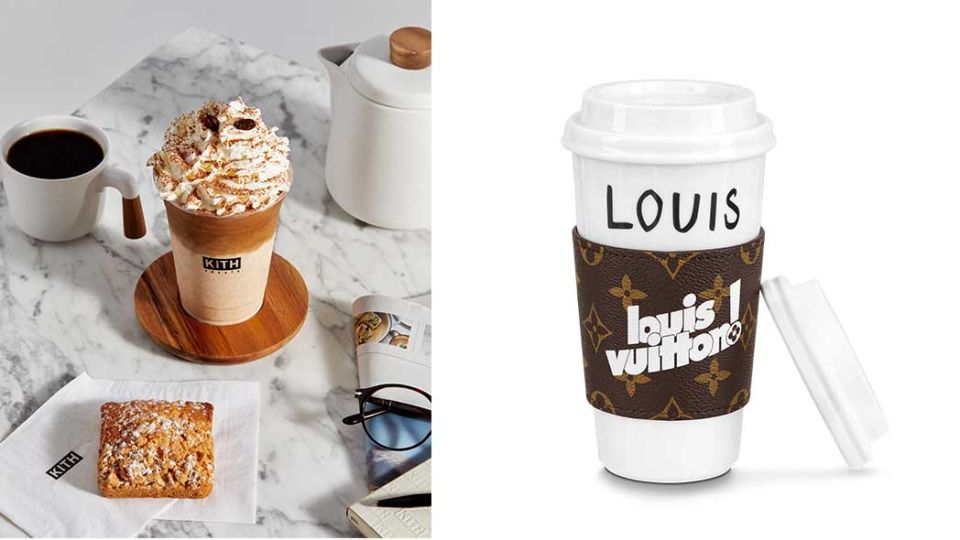
Image Louis Vuitton
Louis Vuitton’s Murakami pop-up in London is a unique cartoon wonderland which features it’s very own one-of-a-kind café. This space takes luxury brand cafes to a whole other sphere, it’s a blend of brand immersion, product and viral moments. Whether you are an LV consumer or not this could be your first step into the brand! Check it out.
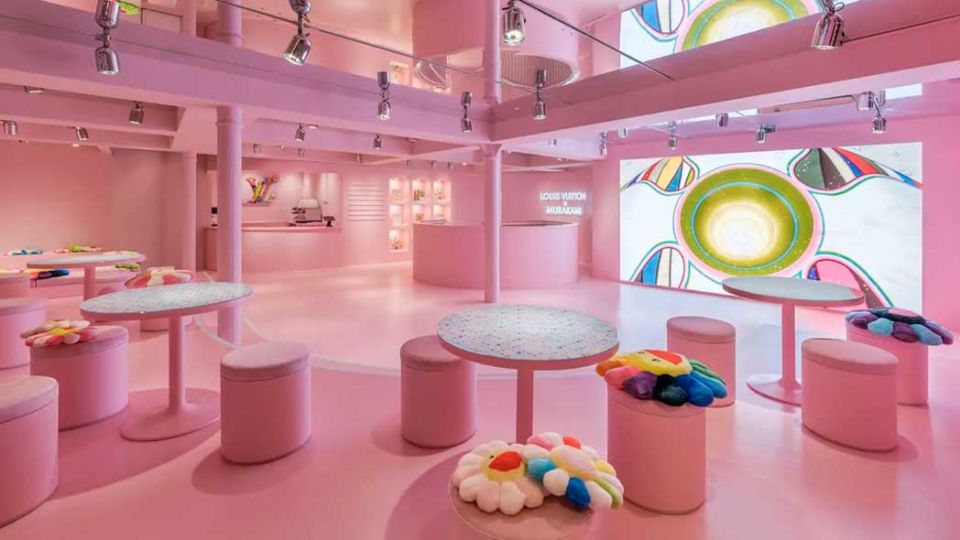
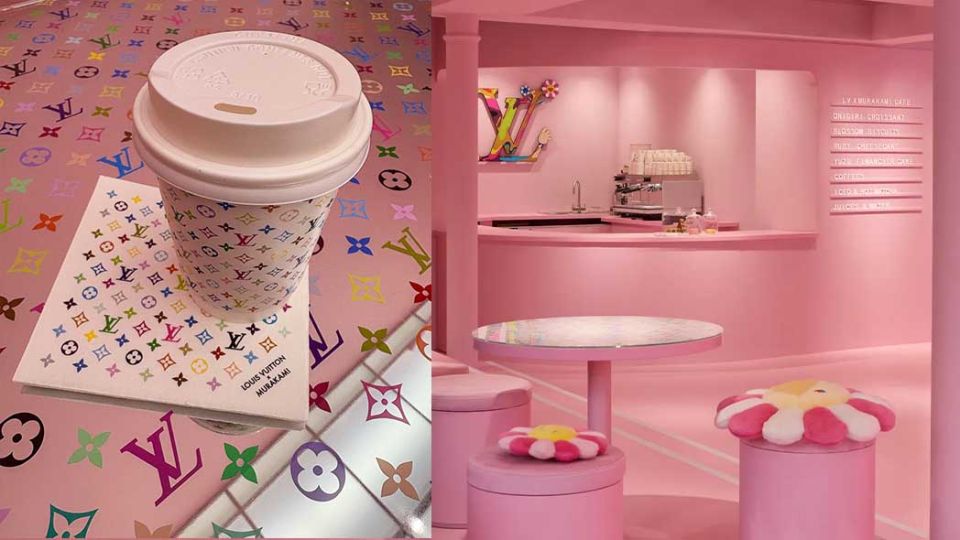
Photograph: Louis Vuitton (top), Daniel Iskandar (bottom)Café at Louis Vuitton x Murakami Pop-Up
As Gen Z's interest in speciality coffee grows, brands can create spaces that resonate with their preferences, encouraging longer dwell times and deeper community engagement with their own unique twist.
4. Back to the Future
Nostalgia reflects our longing for simpler times, as seen in the popularity of shows like Stranger Things. In a hyper-connected world, we find comfort in less complex experiences. Nostalgia allows us to relive cherished childhood memories and experience the things that shaped our lives whilst also providing something that is relevant and exciting for new audiences.
This is evident in the growing trend among digital natives to embrace retro and nostalgic elements in their lives. The successful 2024 revival of Tamagotchi on its 20th anniversary exemplifies this, showcasing how older, simpler technologies can resonate with a new generation.
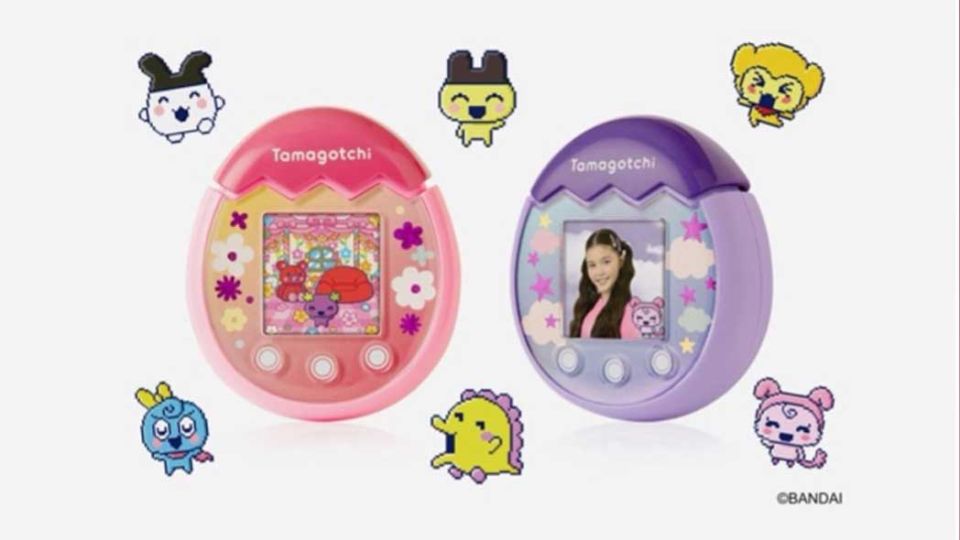
Image Tamagotchi
Ikea are giving some classics a comeback with pops of colour with a relaunch of some of their classic ranges showing that we are also craving a bit of retro in our homes.
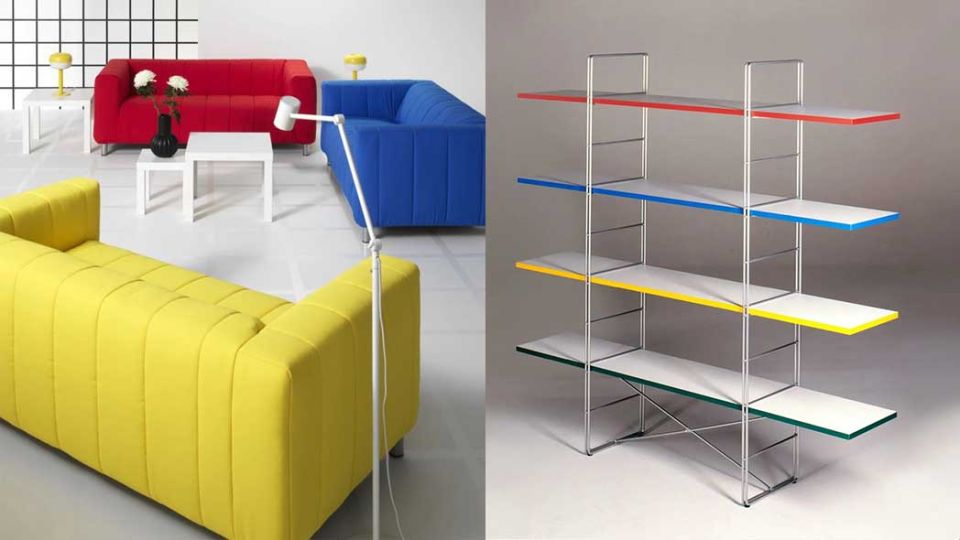
Image Ikea
While the digital age offers numerous benefits, we anticipate a growing trend among brands towards creating spaces that encourage mindfulness and presence. This "living in the moment" approach often involves brands looking back at their heritage or values to inform their future direction.
Fuddy Duddy in Athens reinvents the street pizza experience with a nostalgic and inviting interior reminiscent of classic American diners. Bold colours and a touch of Wes Anderson whimsy create a retro aesthetic that is sure to captivate and stand out from the ordinary pizza joint.
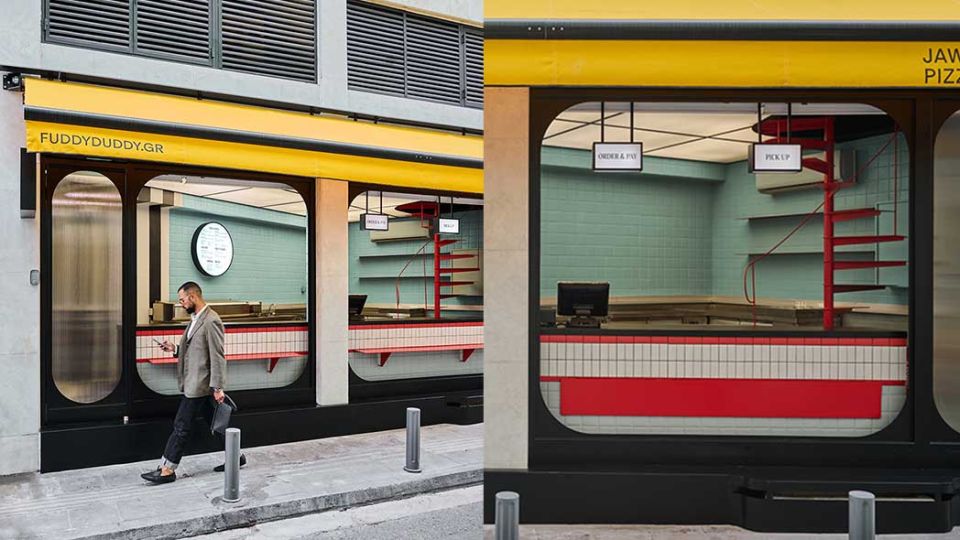
The line between evolution and nostalgia is fine, at first glance, the two concepts seem opposed. Evolution implies progress, building upon the past to create something new and improved. Nostalgia, on the other hand, is often seen as a longing for the past and a return to simpler times. However, the reality is far more nuanced. Retro trends often blend elements of both evolution and nostalgia, creating something that is both familiar and fresh
As we step into the future, pre-digital nostalgia will likely play a significant role. Understanding and appreciating the past is crucial in shaping the future.
SUMMARY
We find ourselves at the crossroads of rapid technological innovation, fundamentally altering how we perceive and interact with the world. As people seek to rebalance physical and digital experiences, there is a growing movement to amplify real-world engagement, tapping into our innate hunter-gatherer instincts.
With increasing awareness of global environmental challenges and heightened expectations for brands to drive meaningful change, the demand for sustainable retail spaces has never been greater. These spaces must evolve into platforms for connection, discovery, and learning, seamlessly bridging online and offline interactions.
Forward-thinking brands need to look beyond their current audiences, creating targeted, temporary, and permanent spaces that authentically connect with communities, foster deeper engagement, and provide memorable moments to interact with their people and products.
If you’d like to explore our perspective on retail or discuss the challenges facing your brand, we’d love to collaborate with you.

